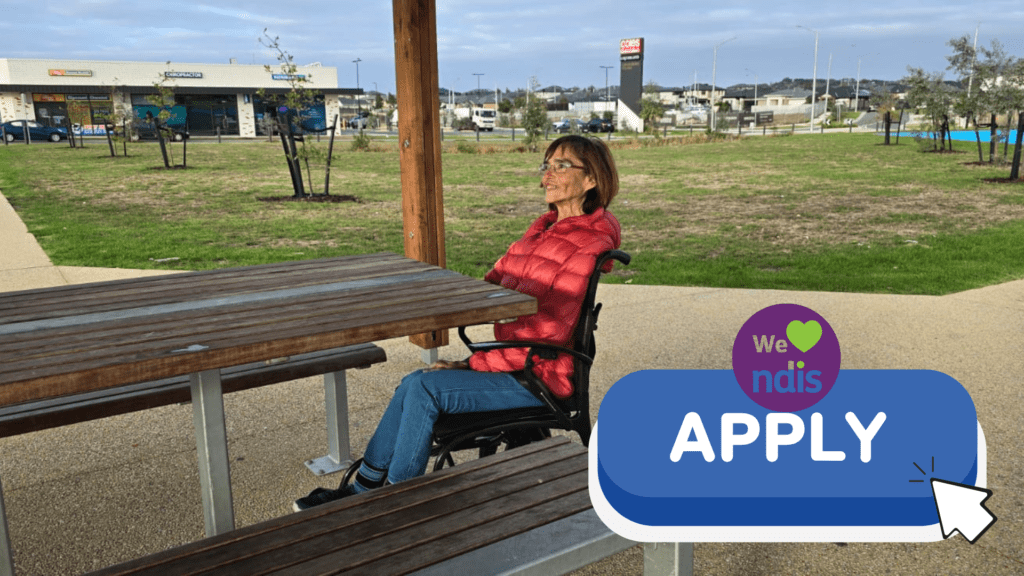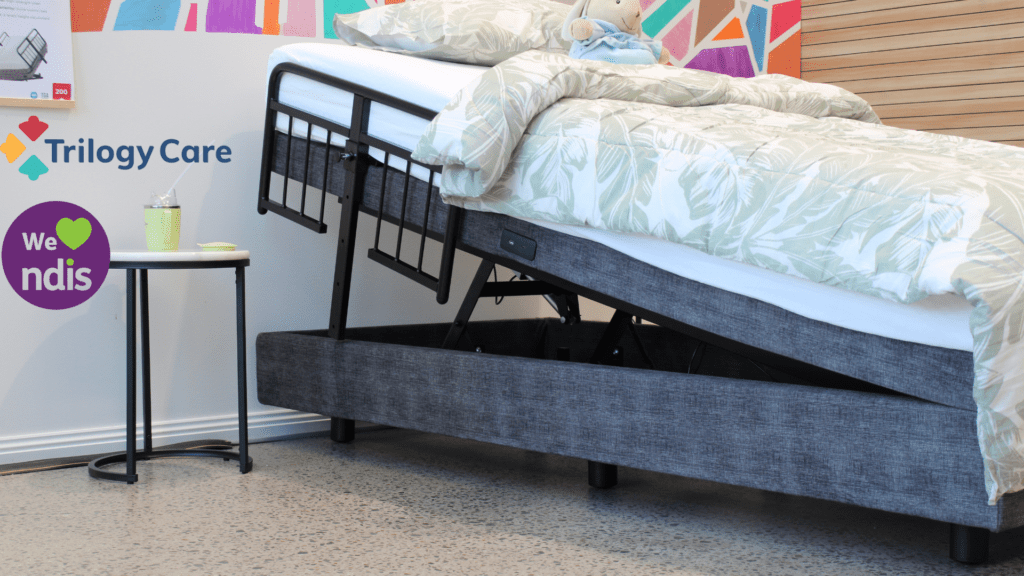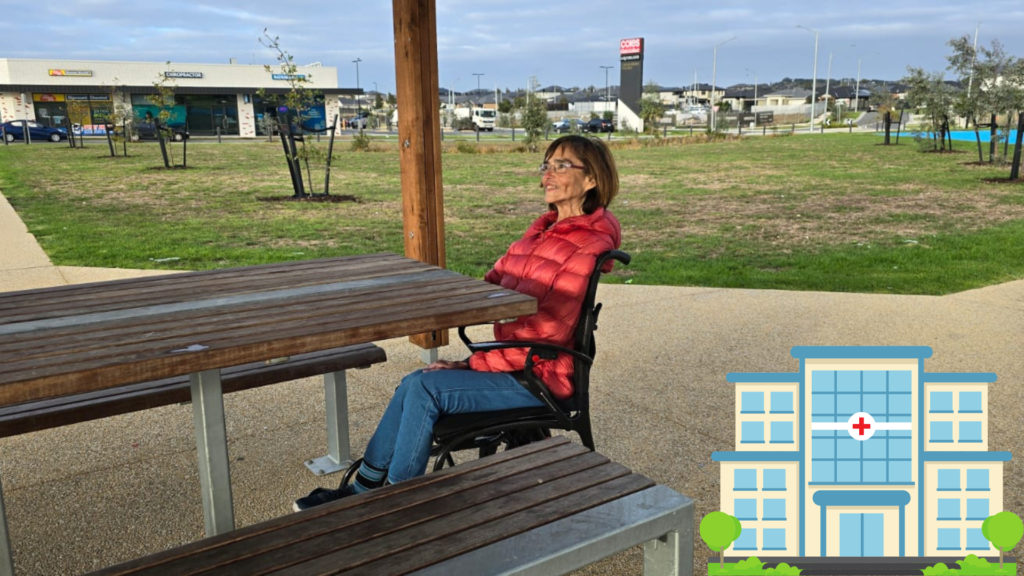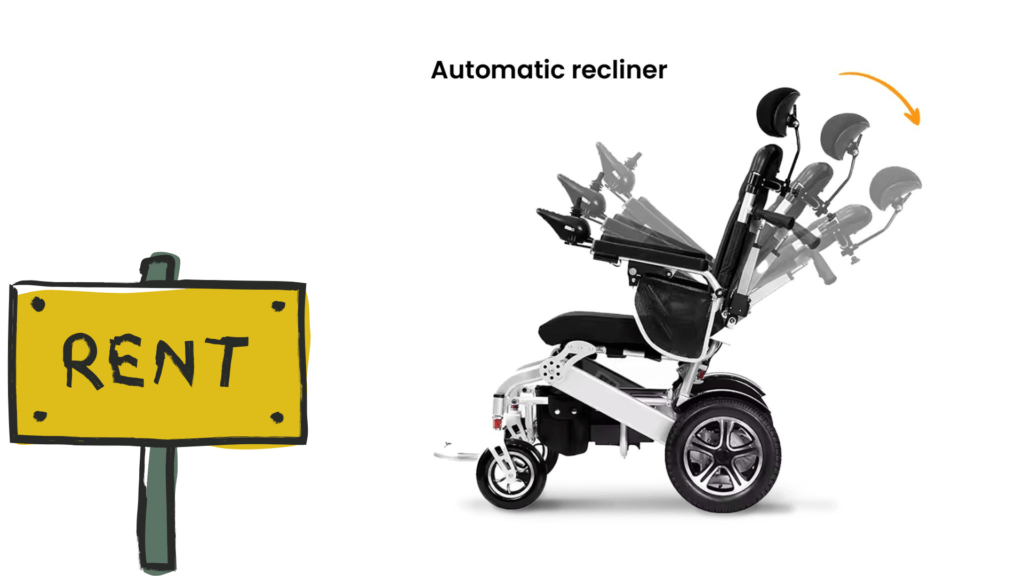State-Based Disability Equipment Subsidy Programs
https://www.youtube.com/watch?v=JmVoz0j5Swg Mobility is never too expensive, and not for Australians with disabilities. Therefore, there exist the State Based Disability Equipment Subsidy Programs-the government-funded programs of giving access to the disabled person afford essential assistive devices. Each Australian state has its own program; thus, the scheme’s facilities could significantly differ from different states. The understanding of the local scheme could really make a difference in accessing great mobility devices in an individual’s life. Assistive Tech Hub is one great source to get to know about potential products and funding avenues as well. Overview of State-Based Disability Equipment Subsidy Programs These are the schemes set to ensure that an individual with a disability has the required assistive aids towards independence in daily living ones. This is clearing the barriers not just physically-a lifelong experience-to keeping access to resources financially. Usually, they carry items like: Manual and electrical wheelchairs Assistive walking frames Mobility scooters Assistive technology Daily living aids The aim is simple: make essential mobility aids more accessible and affordable. How They Work The schemes are limited to state: Provision of funding, loans or partial subsidy Usually through referrals by health professionals of occupational therapists and physiotherapists Some of the schemes may have waiting lists or funds depletion Different state level eligibility; most of them demand entry in the following cases: Resident of the state Long-standing disability or permanent nature Indicate a financial need or a level of income qualification Provide medical documentation or therapist assessment Most individuals consider these publicly funded interventions as convenient while their applications are processed by NDIS. On the other hand, others are dependent entirely on them but they don’t meet the eligibility criteria for the NDIS. The good thing? Generally, all those premium pieces of equipment like the CWU Carbon Fibre Power Wheelchair known for being incredibly strong, feather-light, and portable-are very well covered by subsidies of these schemes. State-Specific Subsidy Programs Break down the key state-based programs, listing a few states and the details about their respective programs. 1. New South Wales (NSW) Program: EnableNSW (Department of NSW Health) EnableNSW is for those who have disabilities or chronic health conditions and need assistive equipment to assist their independent living. Things to Consider: Eligibility: Those residents of NSW with long-term disabilities or health conditions. Equipment Covered: Power and manual wheelchairs, prosthetics, respiratory aids, etc. Application: Health professionals apply on your behalf (usually OTs). Need help with your equipment decision? The Assistive Tech Hub assists customers in NSW matching products for the subsidy criteria. 2. Victoria (VIC) Scheme: State-wide Equipment Program (SWEP) SWEP gives eligible Victorians access to subsidized aids and equipment to help maintain their mobility and independence. Things to Know: Eligibility: Residents of Victoria defined by health professionals Equipment Covered: Wheelchairs, scooters, continence aids, vehicle/home modifications Funding: Co-contribution model-you may need to contribute Applying for assistance: Your health professional does the application-and SWEP assesses each case individually. Assistive Tech Hub can help source products that fit the rules laid out in SWEP funding-this way, all boxes get ticked. 3. Queensland (QLD) Scheme: Medical Aids Subsidy Scheme (MASS) MASS is a program run by Queensland Health, focusing on mobility aids and communication aids. Key-In Points: Eligibility: Queensland resident with permanent disabilities Items Covered: Walking aids, pressure relief cushions, power and manual wheelchairs Assessment Required: Applications must be done under the authority of an approved prescriber Looking for a lightweight and portable power wheelchair ? A MASS-eligible solution, the CWU Carbon Fibre Power Wheelchair could be the choice for both home and community use. Assistive Tech Hub can take you through all of MASS’s application and quoting process from the start to the end. 4. South Australia (SA) Program: South Australian Equipment Program (SAEP) SAEP provides funding for equipment for eligible persons not covered under the NDIS. Eligibility and Benefits: Must be a South Australian resident with long-term disability Provides assistance to persons in low-income households or with short-term needs Equipment for mobility aids, beds, and bathroom equipment Applicants will be guided regarding referrals and assessments by health care professionals. The program outlines the respective funding caps-the importance of knowing your priorities. Explore Assistive Tech Hub for availability in SAEP for products that are matched with funding criteria. 5. Western Australia (WA) Program name: Community Aids and Equipment Program (CAEP) The CAEP provides assistance to Western Australians in need of basic Key facts: Eligibility: WA residents with disability not eligible for NDIS. Services Provided: Equipment loans, assistive tech funding, and home modifications. Application Process: Referral through WA Health services or hospitals. 6. Tasmania (TAS) Program name: TasEquip TasEquip provides loan equipment through Tasmania’s public health system to support people with disabilities or chronic illness. What it provides: Short- or long-term loans of mobility equipment Available to residents assessed by qualified health practitioners Scooters, manual wheelchairs, powered chairs TasEquip may also fund such items as the CWU Carbon Fibre Power Wheelchair in cases of clinical need and mobility problems. If you’re unsure how to access TasEquip or choose the right product, the Assistive Tech Hub is your best bet for getting expert advice and personalized product options. How to Apply for State-Based Disability Equipment Subsidy Programs Applications may sound heavy, but they become lighter when split into smaller manageable units: Getting an Assessment Book an appointment with an occupational therapist or physiotherapist for your assessment needs and equipment recommendations. Choosing Equipment Choose the right item (e.g., CWU Carbon Fibre Power Wheelchair) that meets your needs and the requirements for funding from the program. Organising Documents You will usually need: Proof of residence Medical reports Recommendations from the therapist Your income estimation Quotes from suppliers Submit through the Appropriate Method Each program has its own forms or processes and usually requires your health professional to lodge them. Waiting for Approval The time frame will differ; for instance, some applications will only take weeks, whereas others may take longer. Very urgent applications may be fast-tracked. Assistive Tech Hub assists through all the steps, from assessing your equipment choice through
State-Based Disability Equipment Subsidy Programs Read More »










